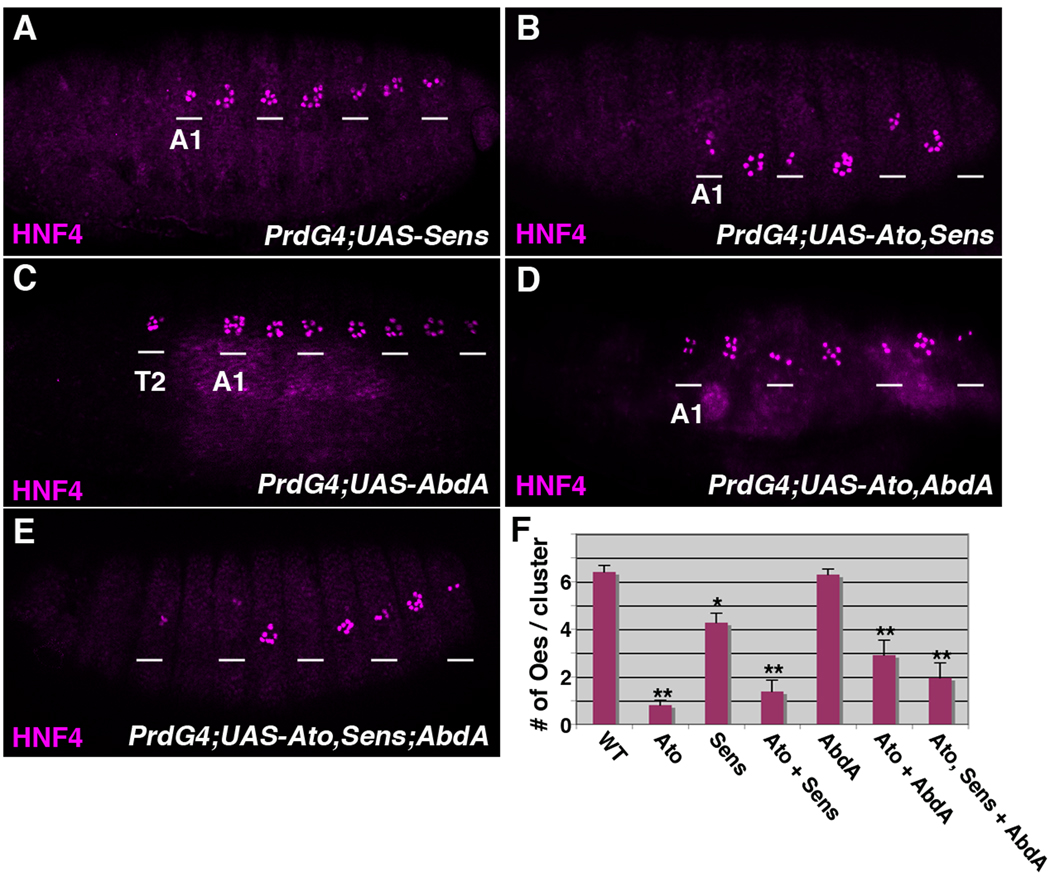Figure 5. The co-expression of Ato with Sens and/or AbdA inhibits oenocyte formation.
Lateral views of stage 16 PrdG4;UAS-Sens (A), PrdG4;UAS-Ato,UAS-Sens (B), PrdG4;UAS-AbdA (C), PrdG4;UAS-Ato,UAS-AbdA (D) and PrdG4;UAS-Ato,UAS-Sens;UAS-AbdA (E) embryos immunostained with the HNF4 (purple) oenocyte marker. The wild type control and PrdG4;UAS-Ato embryos are shown in Figure 2. The first abdominal segment (A1) of each embryo is labeled and the white lines mark segments where PrdG4 is active. The expression of Sens alone causes a modest decrease in oenocyte number (A), whereas the expression of Abd-A alone does not significantly alter oenocyte numbers within the abdomen but does induce their formation within the thoracic T2 segment (C). Note, that whenever Ato is co-expressed with Sens (B), AbdA (D), or both factors (E) significantly fewer oenoctyes are observed. (F) Quantification of oenocyte numbers per cluster from at least ten embryos comparing wild type segments (taken from Figure 2) with segments expressing either Ato (taken from Figure 2), Sens, Ato and Sens, Abd-A, Ato and Abd-A, and all three factors. * denotes p-value < 0.01 and ** denotes p-value < 0.001 using ANOVA.

